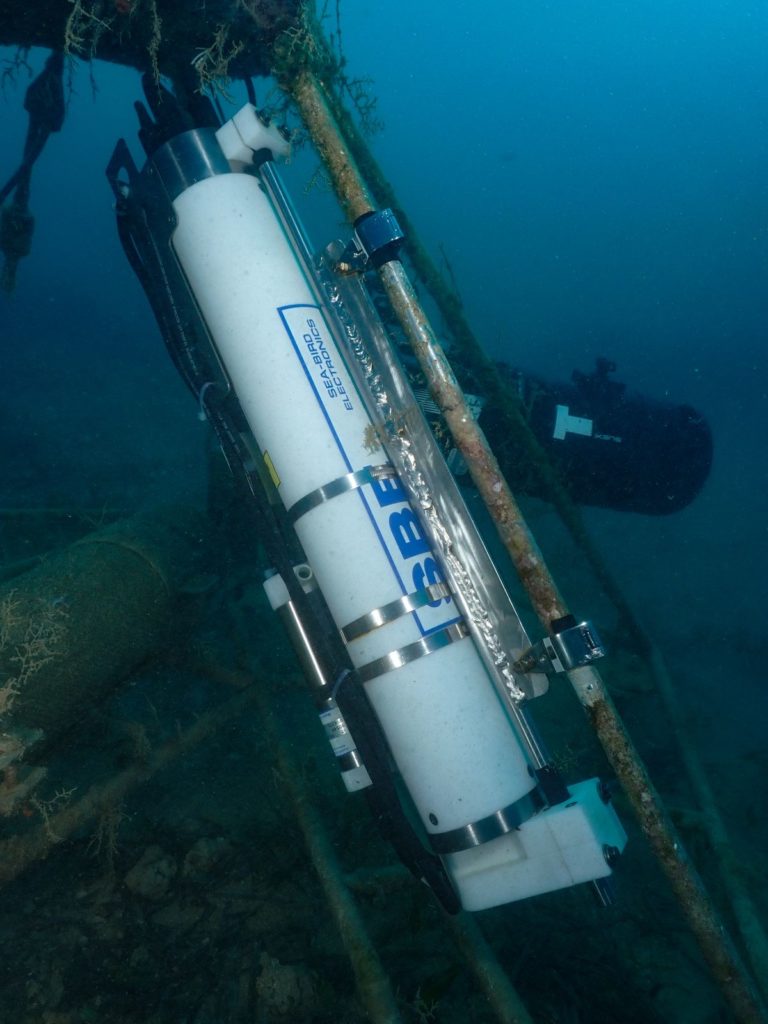Source: https://www.jerico-ri.eu/2023/01/17/in-the-cretan-sea-pss-jerico-s3-collaborates-with-embrc-to-complement-data-series-at-the-eastern-mediterranean-emo-bon-observatory-and-study-the-effect-of-extreme-events-on-phytoplankton-productivity/

Photo of the Marine Monitoring Platform
The Cretan Sea is a subpart of the ultra-oligotrophic eastern Mediterranean Sea. Among the major research challenges in this area, extreme events and their effects on primary productivity is a topic of concern. The JERICO-S3 Cretan Sea Pilot Super Site (PSS), a component of the POSEIDON Operational System, aims to demonstrate the contribution of a PSS approach to such studies via four out of its six actions:
- Action #2 Improved approximations of primary production;
- Action #3 Extreme events affecting phytoplankton – AQUACOSM collaboration;
- Action #5 New sampling strategies, new technologies, best practices;
- Action #6 Partnership building.
For this purpose, JERICO-S3, via the Cretan Sea PSS of POSEIDON, collaborated with EMBRC-ERIC via EMO BON (European Marine Omics Biodiversity Observation Network) to test ways to obtain additional Essential Biodiversity Variables (EΒVs) data (i.e. improved approximations of primary production), whilst providing access to physicochemical data (temperature, salinity, oxygen, fluorescence, turbidity). The key objective was to contribute additional environmental data series to the Eastern Mediterranean EMO BON observatory site, which monitors biodiversity in the water column, hard substrate and soft sediments. These data are highly relevant to the shift of the Mediterranean biota under climate change pressure.
Concretely, tο study diel to seasonal variations of phytoplankton dynamics in relation to extreme rain events, a mooring CTD (measuring temperature, salinity, oxygen, fluorescence, and turbidity) was used with a sampling frequency increased to 1h (instead of 3h usually used in POSEIDON coastal buoys). The CTD was deployed in 2022 at the seafloor observatory of the Underwater Biotechnological Park (UBPC) of HCMR during three periods varying from 1 to 3 months. The UBPC location provided a higher chance of exposure to extreme rain events (being more coastal than POSEIDON coastal buoys) and more frequent check/recovery (1-2 months) than the usual deployments on buoys (6-12 months). The outcome of these tests will allow studying the feasibility of a future application in POSEIDON buoys.
The video shows the deployment of the monitoring platform in September 2022 and its subsequent retrieval in October 2022.
The activity was organised jointly by the Cretan Sea PSS partners (HCMR, NIVA, SYKE, CNRS–MIO).




